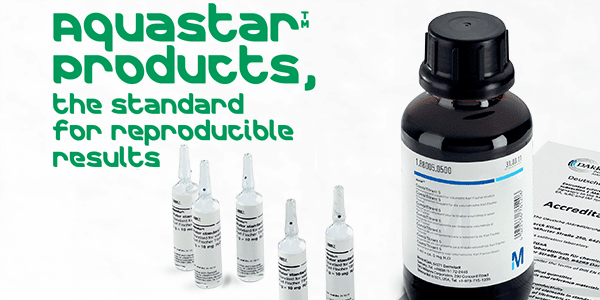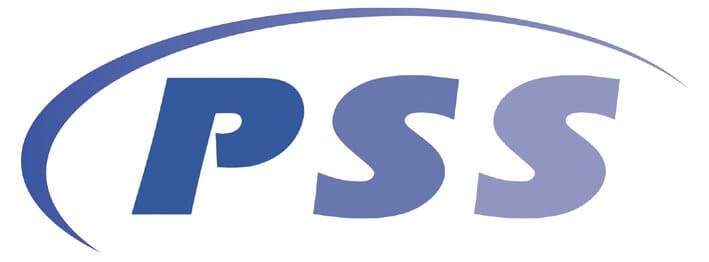Abstract
Three hormones were detected by LC-MS/MS in the tap water of different laboratories. After purification by Milli-Q® water purification systems, the hormones were no longer detected in the product ultrapure water.

Three hormones were detected by LC-MS/MS in the tap water of different laboratories. After purification by Milli-Q® water purification systems, the hormones were no longer detected in the product ultrapure water.

Introduction
In recent years, coupling HPLC with mass spectrometry has been used for trace analysis of organic compounds to address environmental health and safety concerns. These methods have very low detection limits, making it critical to avoid, or at least minimize, contamination during the experimental process. Components of the HPLC instrument; the mass spectrometer;1 sample handling and manipulation;2 as well as the reagents and solvents used in the analyses, can all contribute to contamination issues. Water plays an important role in HPLC, where it is used extensively in the workflow. It is essential that the analytes detected come from the samples, and not from the water used in various steps of the experiment (such as in the preparation of samples, standards, blanks, and eluents; or rinsing/flushing of the HPLC and MS systems).
Results and Discussion
Hormones are examples of contaminants of emerging concern (CEC) that have been detected in environmental and drinking waters around the world in trace amounts.2,3 Even at very low concentrations, CECs could potentially exert ecotoxicological effects.3





